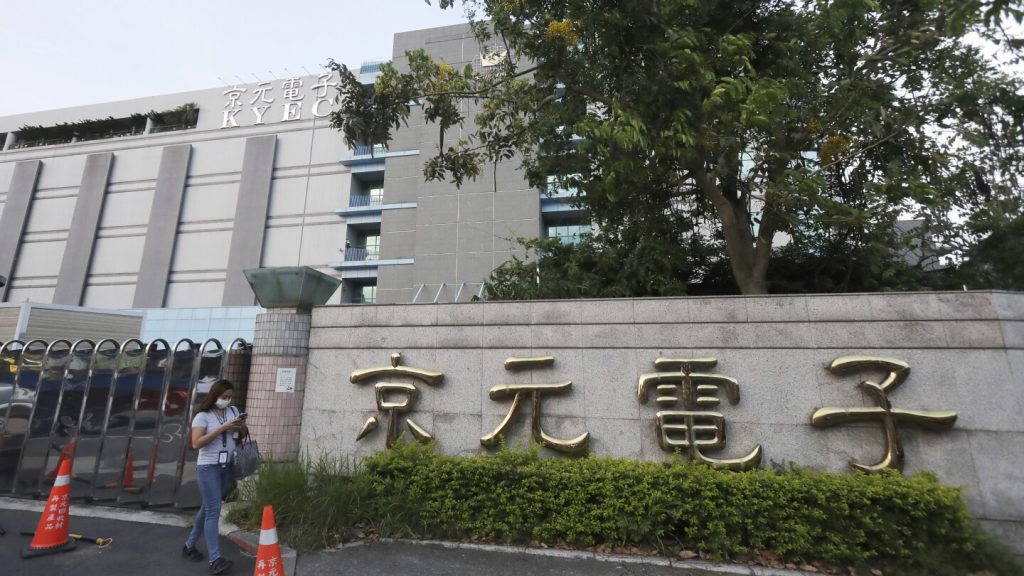Taiwan is shifting its economic focus towards the United States and away from China, in an effort to reduce its reliance on Beijing and strengthen ties with its strongest ally. This shift is reflected in a decrease in Taiwan’s investments in mainland China, while its investments in the US have surged. The US has become the top destination for Taiwan’s exports in the first quarter of the year, surpassing mainland China for the first time since 2016.
The Biden administration has been instrumental in encouraging Taiwanese companies to increase their investments in the US. The world’s largest computer chip maker, TSMC, announced plans to expand its US investments to $65 billion, with the support of incentives from the US government. Other Taiwanese companies, such as Foxconn and Pegatron, are also expanding their manufacturing capacity in countries like India and Vietnam. These moves are aimed at diversifying supply chains and reducing dependence on China.
In response to geopolitical tensions and supply chain disruptions, Taiwan is strategically shifting its export focus to the US. Exports of semiconductors, electronic components, and computer equipment from Taiwan to the US have more than tripled in recent years. Additionally, Taiwan is increasing its exports of tapioca, fruits, tree nuts, and farmed fish to the US. This reorientation of trade reflects efforts to de-risk from China and strengthen economic ties with the US.
Beijing’s attempts to foster closer economic ties with Taiwan have backfired, as the island’s government has actively sought to distance itself from mainland China. The election of the Democratic Progressive Party in Taiwan in 2016 marked a shift towards boosting economic ties with other countries in the region, particularly in Southeast Asia. Beijing’s restrictive measures, such as limiting travel by mainland tourists and banning Taiwanese exports, have only served to push Taiwan further away.
The changing dynamics in the Taiwan-China relationship have significant implications for regional stability and global trade. As Taiwan strengthens its economic ties with the US and diversifies its investments, China faces the challenge of managing its relationship with the island. The strategic decisions made by both Taiwan and China will continue to shape the economic landscape in the region, with ripple effects on global supply chains and trade patterns.
In conclusion, Taiwan’s pivot towards the US and away from China reflects its efforts to enhance economic resilience and reduce dependence on Beijing. The Biden administration’s support for Taiwanese investments in the US has led to significant developments in the semiconductor industry, with major companies expanding their operations in America. As Taiwan continues to reorient its trade relationships, the balance of power in the region could undergo further shifts, impacting regional stability and global trade dynamics.


